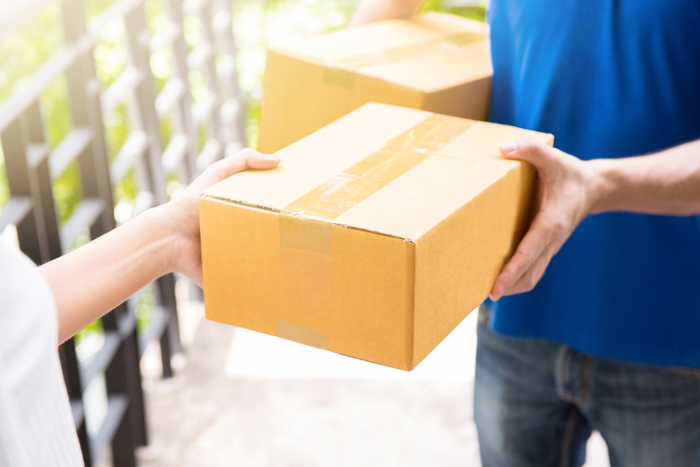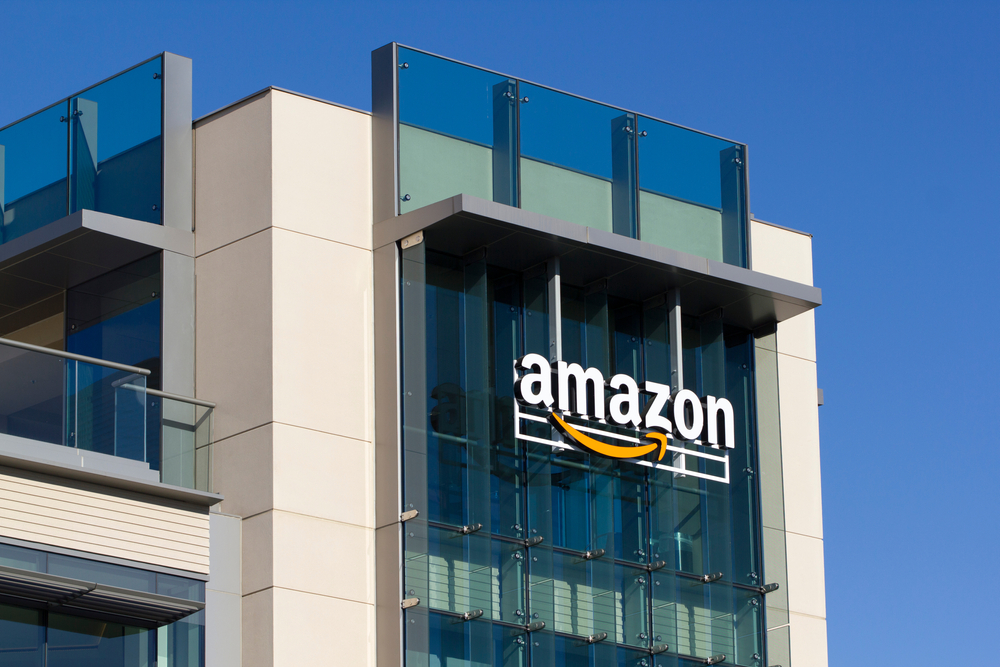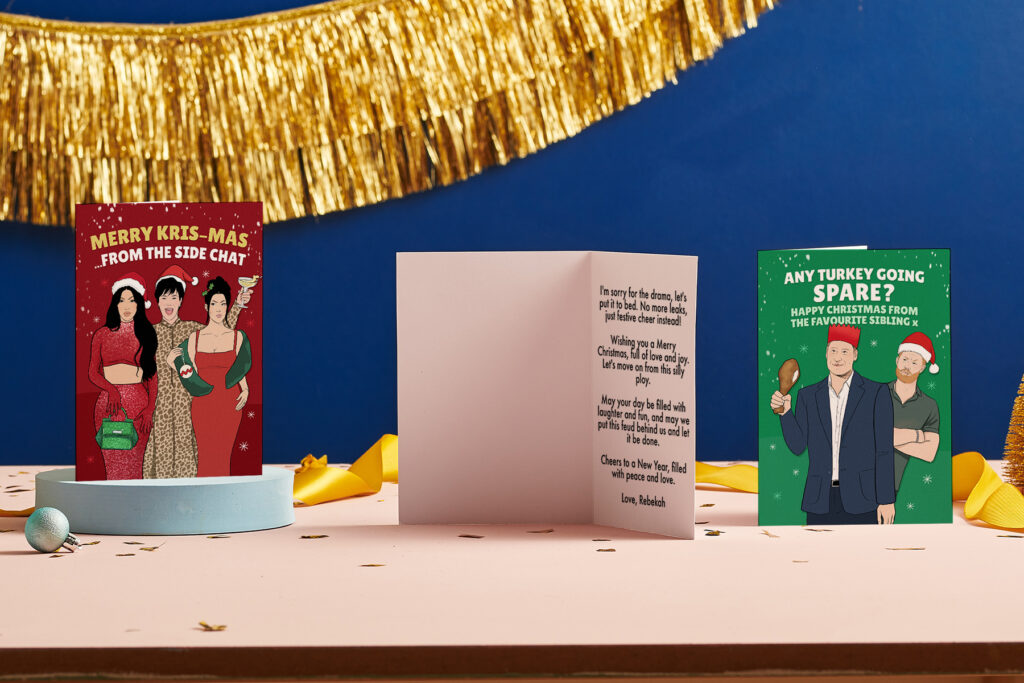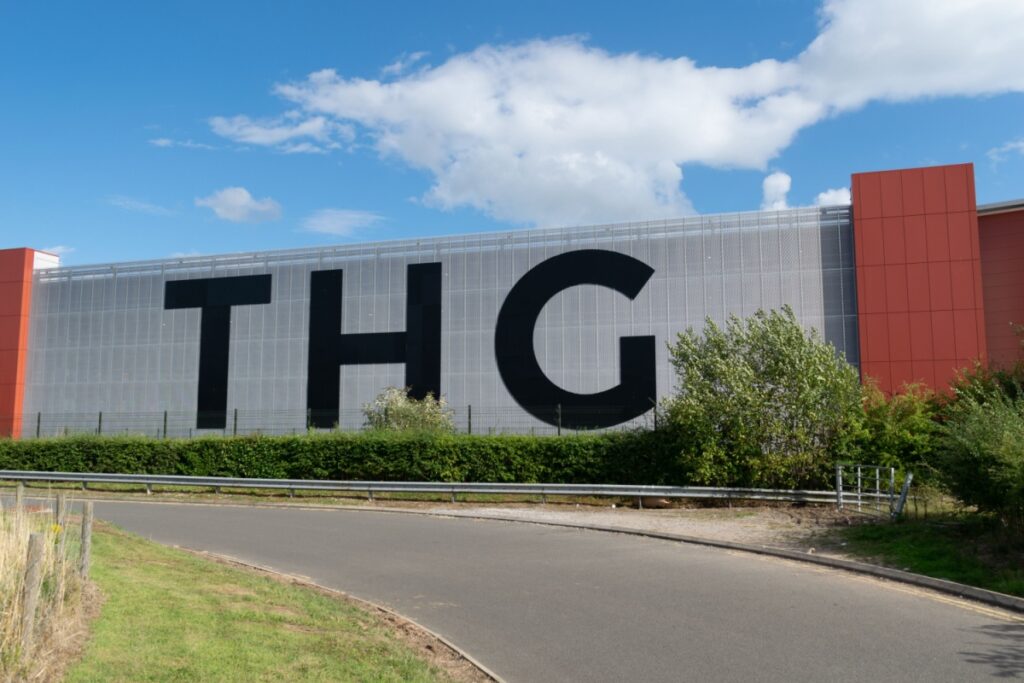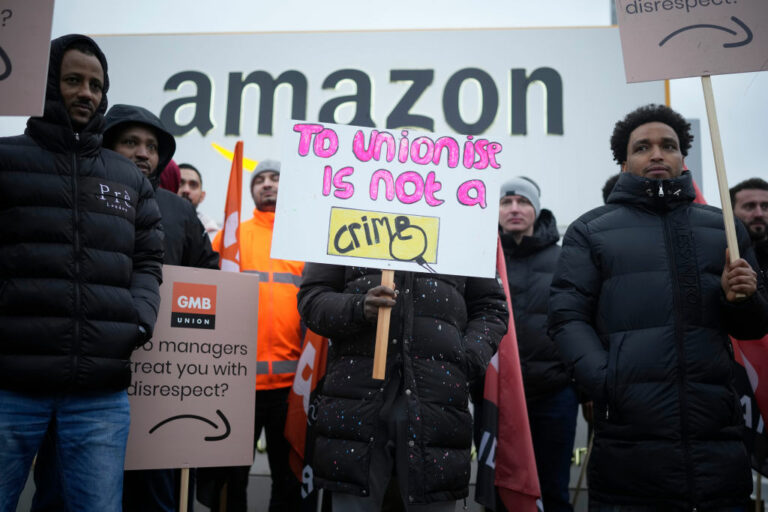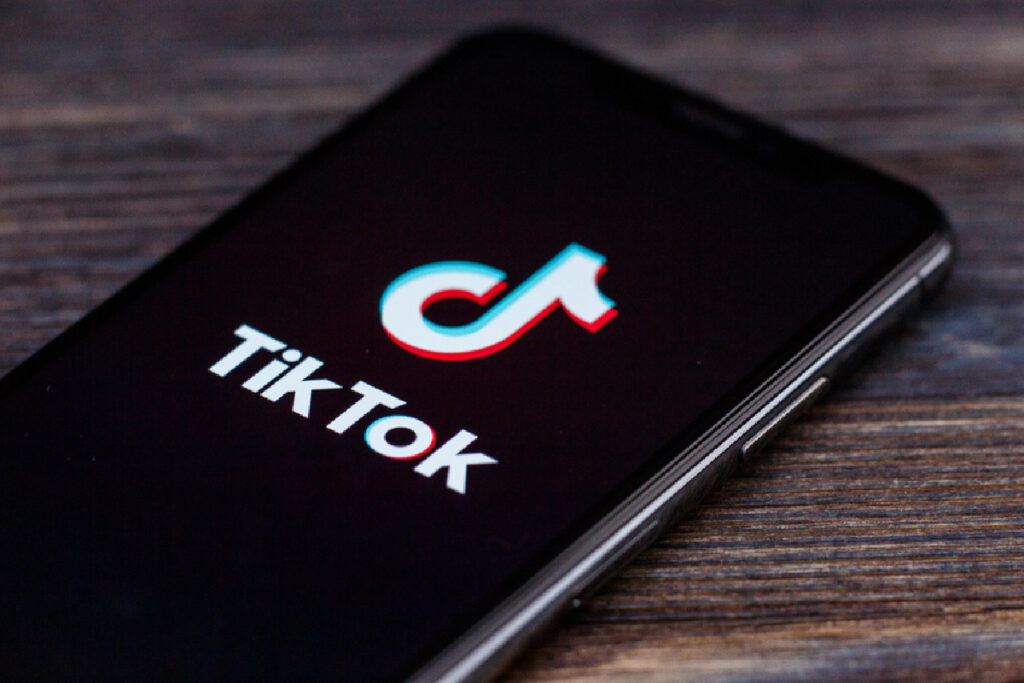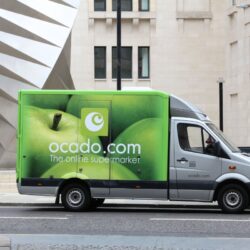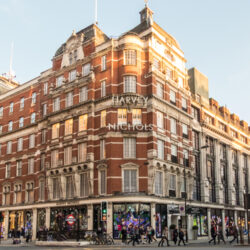The rise of the experience economy is presenting retailers with a challenge.
Consumers, in the memorable words of Steve Howard, Ikea’s head of sustainability, have reached “peak stuff”. So, rather than aspiring to own more things, people would rather spend money on doing more things.
A 2016 report by analysts Global Data discovered that 56 per cent of consumers find new experiences more exciting than buying new products. This effect is not merely theoretical.
In June, a study by Barclaycard found that while consumer spending had risen by 2.8 per cent in the previous year, spending on experiences — entertainment, travel, and leisure —had risen by 12 per cent.
But what do you do if “stuff” is the basis of your business model? The answer has been to focus on how customers experience what you sell.
In part, this comes down to concentrating on customer experience, in the conventional sense. But it also means understanding the way in which customers relate to products and how consumption is changing.
The value of time and the consumer experience
Brits work some of the longest hours in Europe. Three and a half million of us work more than 48 hours a week and almost four million commute longer than two hours a day.
People are responding to these pressures by prioritising time over the accumulation of new consumer goods.
This is a rational choice. A recent study found that consumers who spend money to buy themselves more free time — paying someone to do chores, for instance, or having shopping delivered — report a greater increase in happiness than those who spend the same amount on buying more goods.
Beyond simple utility, the experience being prioritised when users make decisions based on the value of their time, is the ability to enjoy the lifestyle you choose without planning or logistics, for which you don’t have time, and without the need to compromise on where and when you consume.
In this context, a product — at least, the right kind of product — is an experience. For instance, being able to enjoy and offer friends a premium meal or wine, usually only available in a restaurant, isn’t just pleasurable. It helps the consumer create and share with friends — both those present and their wider social-media peer group—a sense of their own identity.
Delivering a competitive advantage
In 2012, my business partner Ian and I were running The 10 Cases, a wine bar in London’s Covent Garden.
It was clear to us that there was a gap in the market for wine delivered to the customer. But our work at the bar, which had prioritised bringing new and exciting wines to London drinkers, had made it clear to us that people were also tired of the jaded wine lists. They wanted something new.
The answer, was Dropwine, a new kind of wine delivery service. Customers order online, and then we deliver directly to their doorstep, workplace, picnic rug or office party. Users can choose either an instant delivery, delivery within one hour, or free delivery at a later date.
We work with a large and changing list of small producers, so consumers are constantly presented with new and exciting experiences.
Fast delivery is the cornerstone of our business model. Our customers have high expectations and busy lives. Being able to get the wine to them, in response to their changing plans and priorities, was a key part of our USP. In the beginning, we worked with a range of couriers – we opted to work with Stuart.
For us, this meant we avoided both the high built-in overheads of working with a traditional courier service and the complexity of managing an in-house delivery department. We didn’t have to negotiate rates with couriers, calculate the best ratio of couriers to customer demand or, importantly, overhaul our existing systems to add a new fleet-management database.
It has also enabled us to keep our delivery prices affordable enough to be attractive, even when the customer is making an impulse purchase.
A massive untapped demand
Companies such as Asos and Amazon have started same-day (and faster) delivery services for a reason. There is a massive demand for online ordering with instant or near instant delivery.
What I believe our experience at Dropwine shows is that this is actually an area in which boutique local retailers, who know their audience and have the right delivery partners, can not only compete with the industry giants but even steal a march on them.
Will Palmer is the CEO of Dropwine

